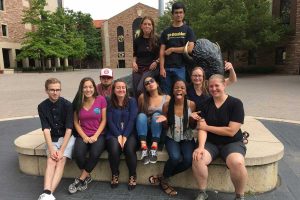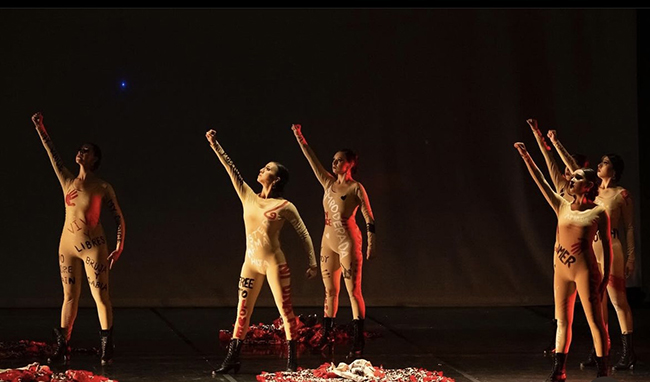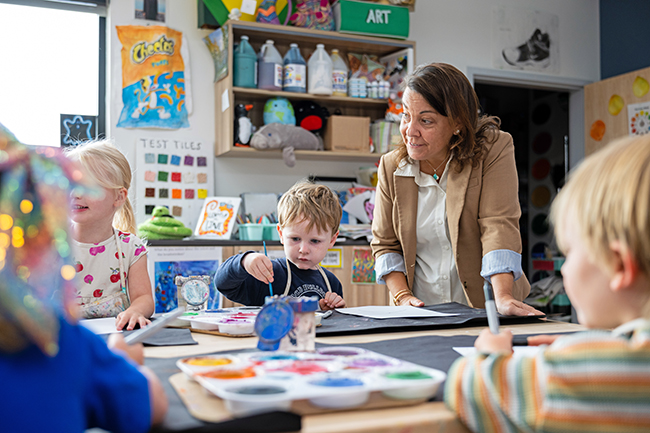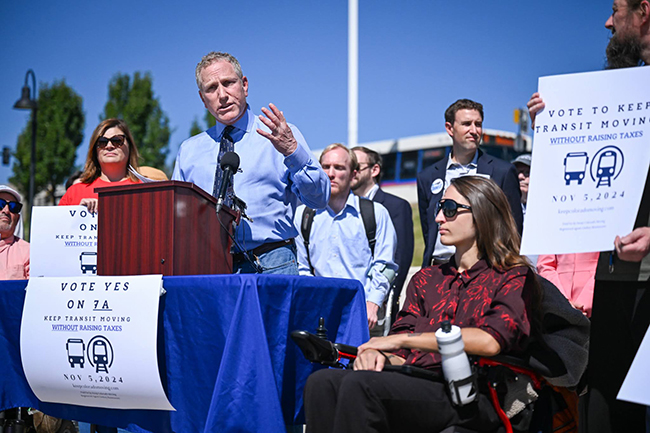CU scientist probes neurobiology of love and loss
01 Dec 2017
Love Doctor
By Roni Dengler Zoe Donaldson is the ultimate love expert. A neuroscientist at the University of Colorado Boulder, she works to untangle the mess of hormones and neural charges that shoot off in our brains when we fall in love and make long-lasting connections with someone. This wisdom helps her grasp love’s equally universal counterpart: dying of a broken heart. Donaldson, who has strawberry blond hair, rectangular glasses and a sincere voice, earnestly wants to help people. But, because one of her main research goals is to understand how losing a loved one stresses our health, she doesn’t study human subjects. Instead, she uses an unusual laboratory animal, the prairie vole. Unlike the promiscuous lab rat or mouse, prairie voles are monogamous. They form long-term relationships with their mates, similarly to how most humans do. These bonds show up in prairie voles’ behavior. For example, when they’re placed in an enclosure with their significant other tethered to one side and an equally sexy stranger leashed to the opposite wall, prairie voles choose to spend more time hanging out near their partners than with the mysterious newcomer.Puppy Love
A well-known hormone called oxytocin is partially responsible for these preferences. Oxytocin was first used to induce labor in pregnant women who were past their due dates, but it also plays into other aspects of reproduction, like stimulating the release of breast milk and maternal nurturing. Oxytocin’s effects are so powerful, one study showed, that even cocaine-addicted rats chose to take care of pups over using cocaine. Beyond facilitating bonds between mothers and their offspring, oxytocin also fosters connections between partners.
(photo courtesy zoe donaldson)
Social safeguard
Oxytocin isn’t the only brain feature mediating our responses to sociality. Other work in Donaldson’s lab looks at how social interactions help us deal with stressors, particularly fear. A typical mouse’s reaction to fear is to freeze and not move. Researchers may condition mice to fear a certain environment, but when the mice revisit the scary environment with a cagemate, they freeze less. Just like for us humans, sometimes doing something scary is easier when you bring a friend along.
Roni Dengler is a science writer. She earned a Ph.D. from CU Boulder and wrote science news for PBS NewsHour as a AAAS Mass Media Science and Engineering Fellow. She now writes for Science Magazine in Washington, D.C., but calls Boulder home. Connect @RoniDengler.












